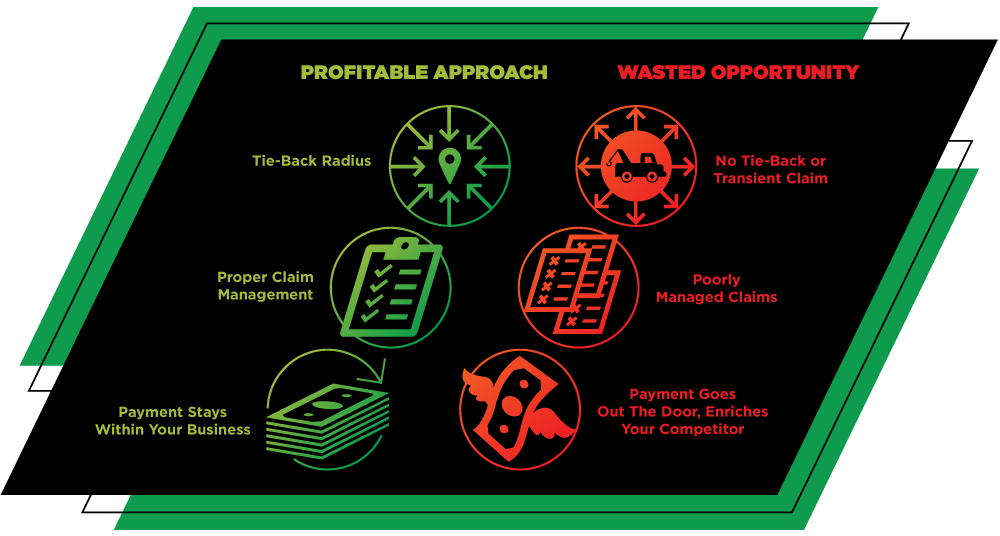Inventory shortages are projected to continue through the end of the year as production schedules take the hit from ongoing computer chip scarcity. Dealers are all fighting the same battle now, forcing owners to continue to reassess their practices, streamline their operations and retool their capabilities to find their way through. Claims management is one of the more important practices to examine, according to experts in claims administration.
“I was a dealer,” explains Michael LaMotta, CEO and founder of DOWC, a top U.S. service contract provider and administrator. “I know exactly what this process looks like from the inside out. But what I see now, from the other side, is very few dealers who truly play an active role in managing one of the largest expenses a reinsurance company or warranty company experiences: claims.”
Taking steps to improve that process is one of the most direct routes to profit growth a warranty company owner can take. “The single best way to manage profitability of any business is to control its expenses,” LaMotta says, “and car dealers are generally great at that. But in too many cases, dealers and their staff have no idea what is being approved on a day-to-day basis by their service contract administrators.”

One area where things may go wrong is the misuse of service contract benefits. It is not unusual, for example, for liberties to be taken with covered items by service writers who earn commission per service written. Dealers can take firmer control of the claims process and reduce costs by:
- Minimizing the amount of fraud that may result from practices involving pay plans, commission structures and objectives/goals set by service departments.
- Controlling and limiting the number of unnecessary claims.
- Training service departments to properly manage claims with the goal of reducing expenses (i.e., purchasing reconditioned wheels, rather than new, thereby a reducing the cost of a tire & wheel claim by 50% or more).
Another way to decrease expenses is by limiting “transient” claims — any repair that takes place outside the original selling dealership that issued the service contract. As LaMotta explains, “Allowing a transient claim is exactly the same as walking into your competitors’ offices and moving money from your pocket right into theirs.”
Dealers who take an active role in limiting transient claims benefit in several ways:
- Keeping costs down by eliminating abuse.
- In-house repairs performed at inherently lower rates than elsewhere.
- Transferring money from left pocket to right instead of to the competitor: If a claim must be paid or a repair performed, the dealer wins by paying themselves to do it.
This all begs the question, what’s the true cost of a claim? The true cost of a repair (assuming the repair is performed in-house) is the flat rate paid to the technician and the actual cost of the part. Most dealers experience flat rate averages between $25 and $40 depending on the experience of the technician performing the repair. Most door rates for labor can fetch upwards of $200 or more in some metro areas. This puts labor profits in the 400–600% range. Parts markups are somewhere between 30% and 60% depending on the type of part. When the repair is performed outside of the selling dealer (transient), the true cost of the claim is whatever total amount was approved by the administrator.
A good question for dealers to ask themselves is “What percentage of approved claims are being paid to my competitors?” If the answer isn’t readily available, this is an excellent place to start. Dealers should have access to that data point and examine it monthly to keep a close eye on transient claims.
This is all the more important for dealers who participate through ownership of a warranty or reinsurance company: reducing or eliminating transient claims is critical to increasing profitability. For those who participate, as well as those who don’t, this can be achieved through well-crafted service contracts that include a tie-back to your dealership, carefully training service writers and service departments in best practices, and, most importantly, taking an active role in managing claims in conjunction with an administrator you trust.
For more information, visit DOWC.com.

